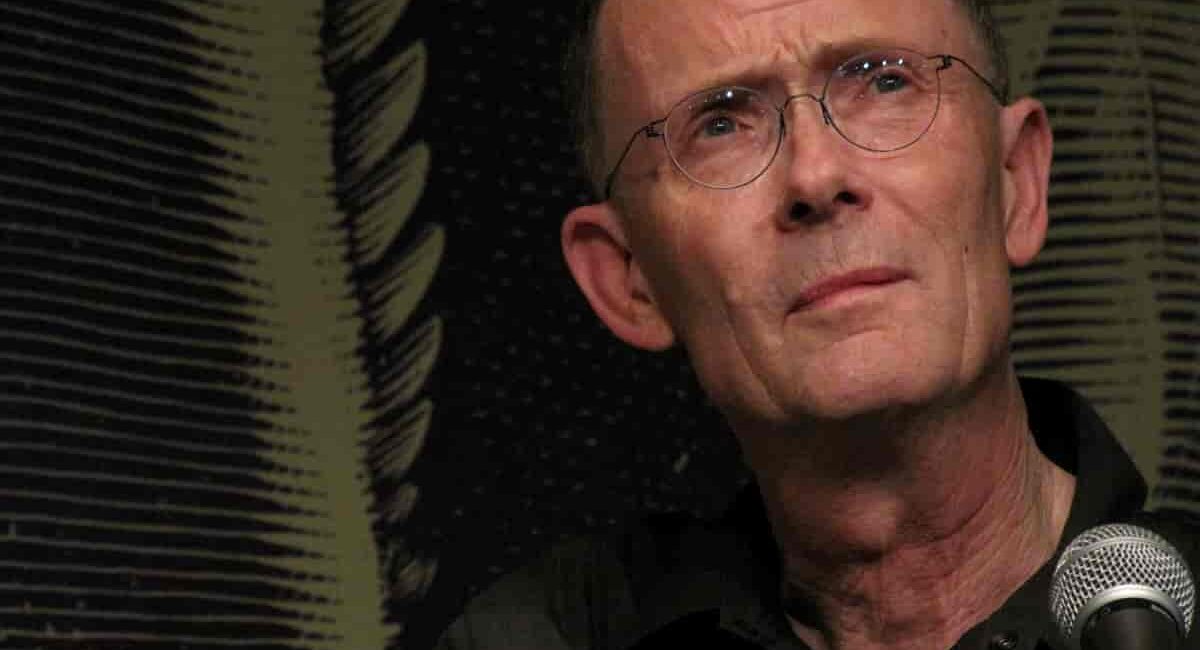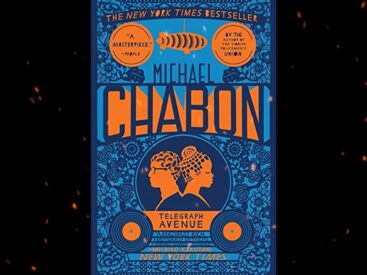Delving into an author’s bibliography often leads to debates about their best works. William Gibson, known for his groundbreaking contributions to science fiction, has a diverse array of books. Which ones stand out the most? This comprehensive exploration dives into a ranking of Gibson’s books based on reviews from various platforms like Goodreads, Amazon, and LibraryThing. While acknowledging the subjectivity of such rankings, this breakdown aims to guide both avid readers and newcomers through the vast landscape of Gibson’s literary offerings.
The Best Books by William Gibson: A Bibliography Countdown
William Gibson is a visionary science fiction author who has shaped the cyberpunk genre and beyond. His works are known for their prescient insights into technology, society, and the human condition. But with such a rich and diverse bibliography, where do you start? Here’s a countdown of some of Gibson’s best books, with a brief overview of each to help you decide:
14. The Jackpot (2021)
Gibson’s latest novel delves into a near-future world of surveillance capitalism and memetic warfare. It’s a complex and thought-provoking read, but perhaps not the best entry point for new readers.
13. Agency (2020):

The sequel to the acclaimed The Peripheral, Agency picks up the story of Flynn and Burton in a post-apocalyptic America. It’s a fast-paced and action-packed thriller, but some readers might find the plot a bit convoluted.
12. The Peripheral (2014):
This mind-bending science fiction novel explores the concept of alternate realities and virtual consciousness. It’s a gripping read with a unique premise, and it was even adapted into a TV series on Amazon Prime.
11. Zero History (2010):

This collection of shorter works showcases Gibson’s versatility as a writer. The stories range from cyberpunk noir to near-future satire, and they offer a fascinating glimpse into his creative mind.
10. Spook Country (2007):
The second book in the Blue Ant trilogy, Spook Country is a more grounded and character-driven work than its predecessor. It explores themes of paranoia, conspiracy, and the nature of reality.
9. Pattern Recognition (2003):
The first book in the Blue Ant trilogy, Pattern Recognition is a fascinating exploration of consumer culture and the cult of celebrity. It’s a stylish and engaging read, and it was a finalist for the Pulitzer Prize.
8. All Tomorrow’s Parties (1999)
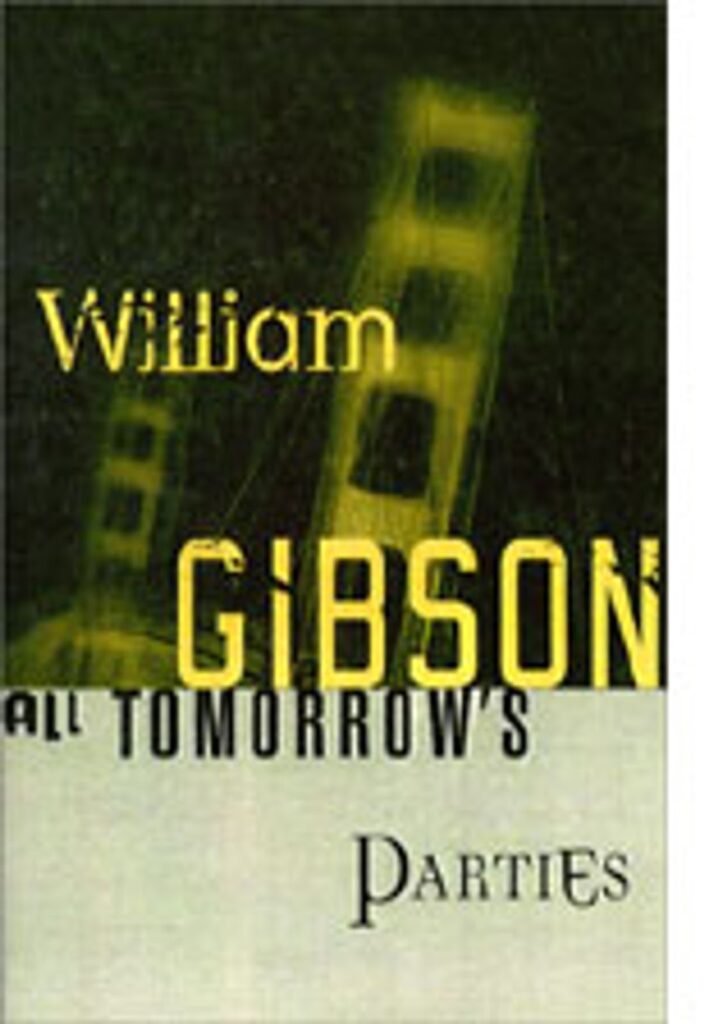
This collection of stories is set in the same universe as the Bridge trilogy and features some of Gibson’s most memorable characters. It’s a great way to experience the breadth and depth of his work.
7. Distrust That Particular Flavor (1997)
This collection of essays and non-fiction pieces offers insights into Gibson’s creative process and his thoughts on technology, culture, and the future. It’s a must-read for any fan of his work.
6. Idoru (1995):
The second book in the Bridge trilogy, Idoru is a visually stunning and atmospheric novel that explores the intersection of technology and pop culture. It’s a thought-provoking read that will stay with you long after you finish it.
5. Virtual Light (1993):
The first book in the Bridge trilogy, Virtual Light is a complex and ambitious novel that explores the nature of consciousness and reality. It’s a challenging read, but it’s also one of Gibson’s most rewarding.
4. The Burning Chrome (1986):
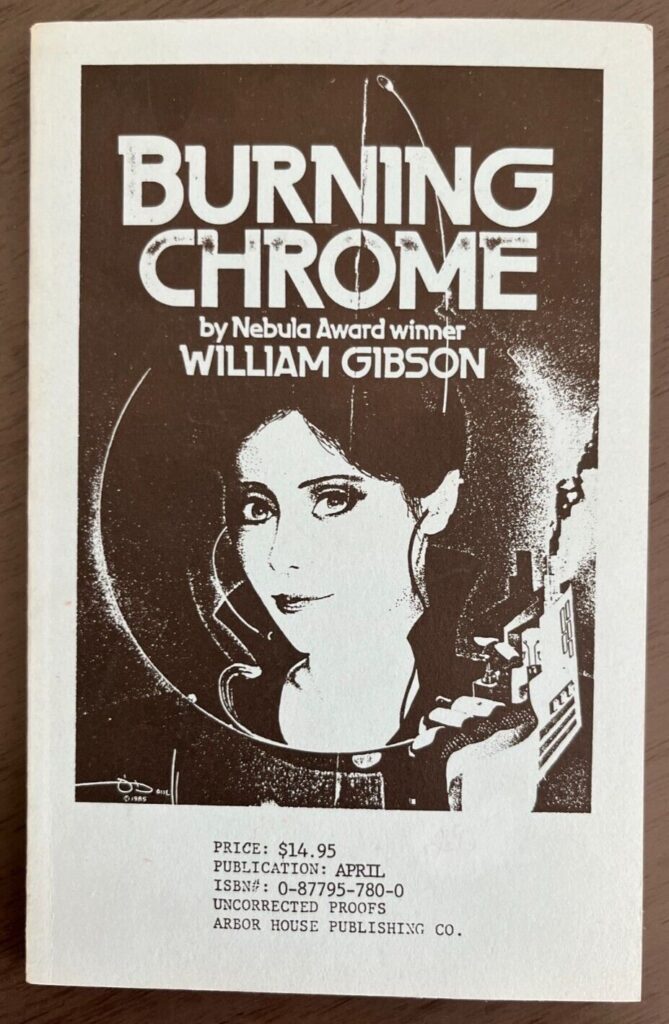
This collection of Gibson’s early short stories includes the title story, which is often considered the starting point for cyberpunk fiction. It’s a raw and visceral collection that showcases Gibson’s talent for world-building and character development.
3. Mona Lisa Overdrive (1988):
The third book in the Sprawl trilogy, Mona Lisa Overdrive is a cyberpunk masterpiece that takes place in a decaying future world. It’s a fast-paced and action-packed read that will keep you on the edge of your seat.
2. Count Zero (1986):
The second book in the Sprawl trilogy, Count Zero expands on the world of Neuromancer and introduces some of Gibson’s most iconic characters. It’s a complex and layered novel that explores themes of class, identity, and the nature of cyberspace.
1. Neuromancer (1984):
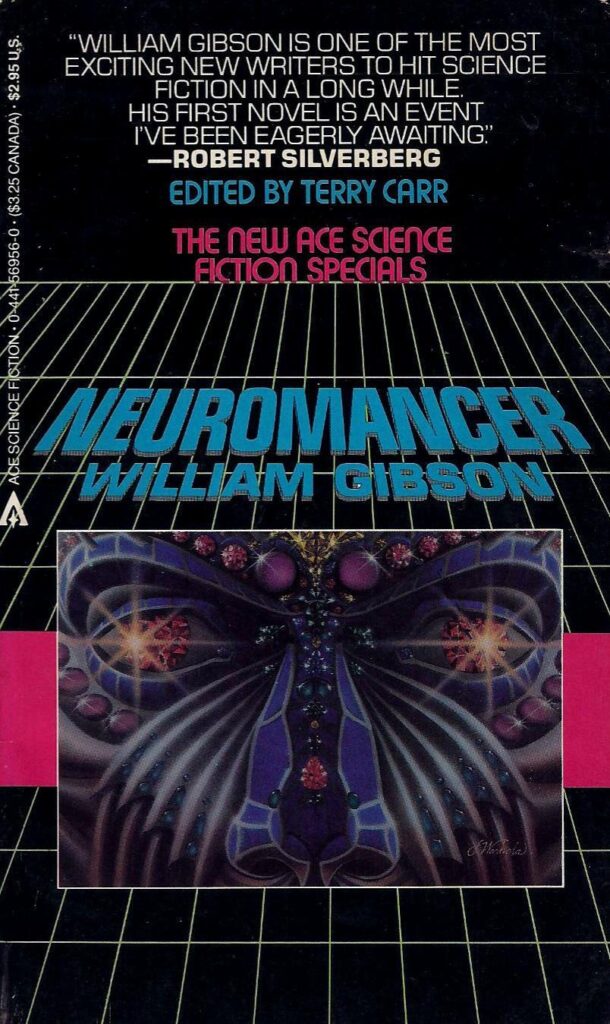
Considered the cornerstone of cyberpunk fiction, Neuromancer is a groundbreaking novel that introduced the world to cyberspace, a virtual reality accessed through neural implants. It tells the story of Case, a washed-up hacker hired for a daring job that thrusts him into a shadowy world of powerful AIs and corporate intrigue. Neuromancer is a fast-paced and thrilling read, and its influence on science fiction and popular culture is undeniable.
Bonus Recommendations:
- Burning Chrome (1986): This short story collection includes the seminal cyberpunk tale “The Gernsback Continuum,” which helped define the genre’s aesthetics and themes;
- Grimms (2000): A surreal and dreamlike novel that blends elements of fairy tales, virtual reality, and detective fiction;
- Spook Country (2007): The second book in the Blue Ant trilogy, a contemporary detective series with a speculative twist.
Ultimately, the “best” William Gibson book is subjective and depends on your individual preferences. However, I believe this ranking offers a solid starting point for exploring the breadth and depth of his remarkable work.
What criteria were used to rank William Gibson’s books?
The evaluation encompassed review scores from major platforms – Goodreads, Amazon, and LibraryThing. Each book underwent scrutiny based on its reception across these platforms. The cumulative scores across these sites determined their placement in this list. But beyond mere ratings, each book holds its distinct narrative and allure, making this ranking an insightful journey into Gibson’s diverse storytelling.
The ranking of William Gibson’s books, as presented earlier, is a subjective attempt to capture the diverse opinions and experiences readers have with his work. It acknowledges both his impact on the sci-fi landscape and the personal enjoyment individual readers gain from his writing.
Here are some of the criteria considered in shaping this ranking:
Influence and significance:
- Genre-defining impact: Books like Neuromancer are considered foundational texts for cyberpunk, shaping the genre’s aesthetics, themes, and tropes;
- Critical acclaim and awards: Pulitzer Prize nominations, Hugo Awards, and other accolades indicate the book’s literary merit and lasting cultural impact;
- Innovation and originality: Did the book introduce new concepts, push boundaries, or explore existing themes in unique ways?
Readability and accessibility:
- Engaging plot and pacing: Does the story grab your attention? Are you kept wanting more?;
- Vivid world-building and memorable characters: Does the fictional universe come alive? Do the characters feel real and relatable?;
- Writing style and prose: Is the language evocative and engaging? Does it flow smoothly and enhance the story?
Personal preference:
- Subjective impact on the reader: How did the book affect you emotionally or intellectually? Did it stay with you long after you finished reading?;
- Connection to specific reading interests: Some readers might prefer action-packed cyberpunk thrillers, while others might enjoy more character-driven or introspective works.
It’s important to remember that ranking is inherently subjective and open to interpretation. This list might not perfectly reflect every reader’s experience with Gibson’s works, and it’s encouraged to explore his bibliography yourself to discover your own favorites!
The Countdown: A Journey Through Gibson’s Best
From “New Rose Hotel” to “Burning Chrome,” which books top the list?
The countdown starts with an exploration of each book, presenting its ranking along with a brief synopsis. With each step, immerse yourself in the worlds Gibson crafted, experiencing the cybernetic landscapes, dystopian futures, and enthralling narratives that have captivated readers across generations.
Conclusion
In conclusion, ranking an author’s works is an engaging exercise, offering a glimpse into the collective perception of readers. William Gibson’s bibliography spans a spectrum of themes, characters, and futures, leaving an indelible mark on the genre of science fiction. While rankings may vary, each of Gibson’s creations stands as a testament to his imaginative prowess and literary significance.
